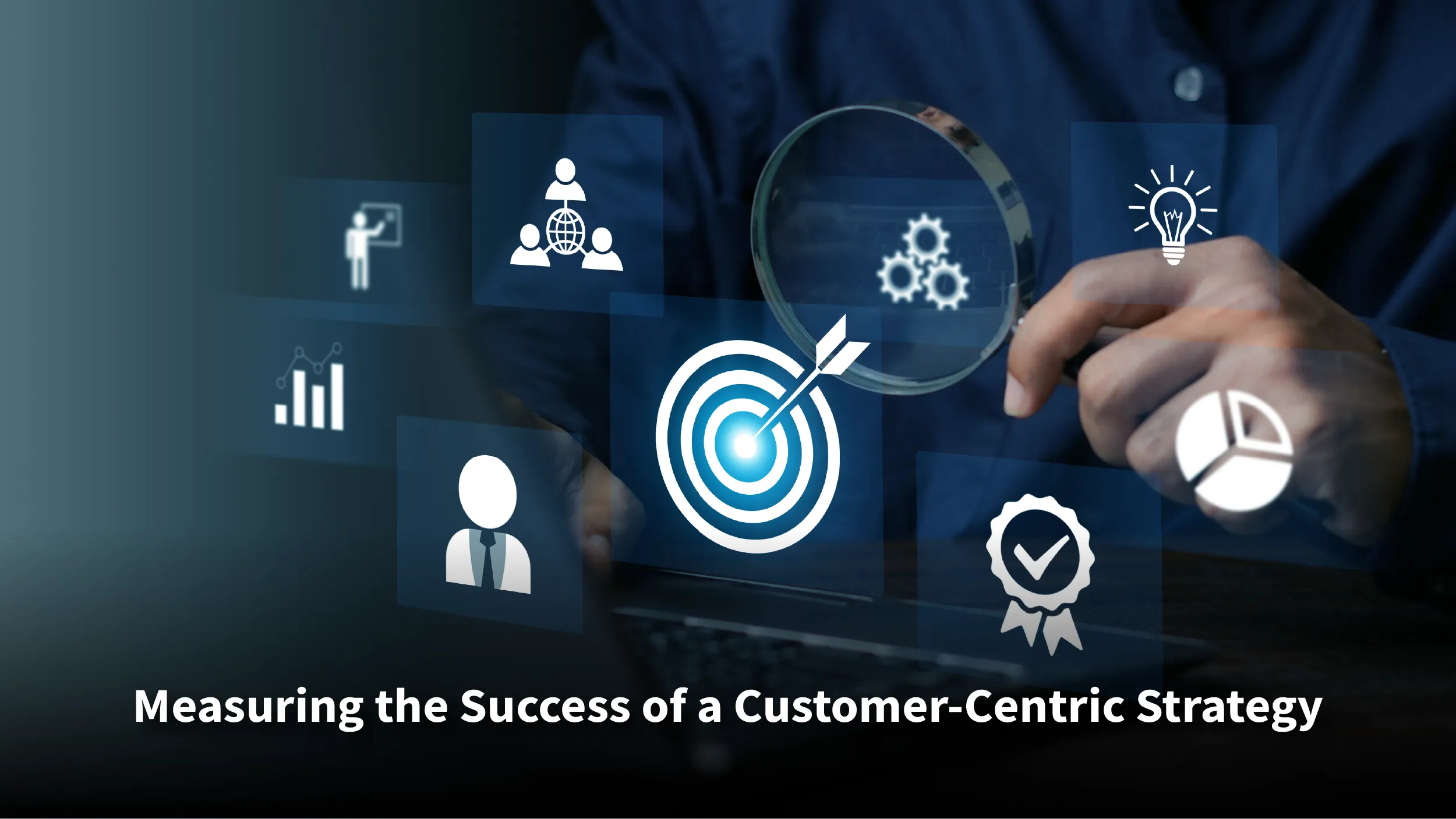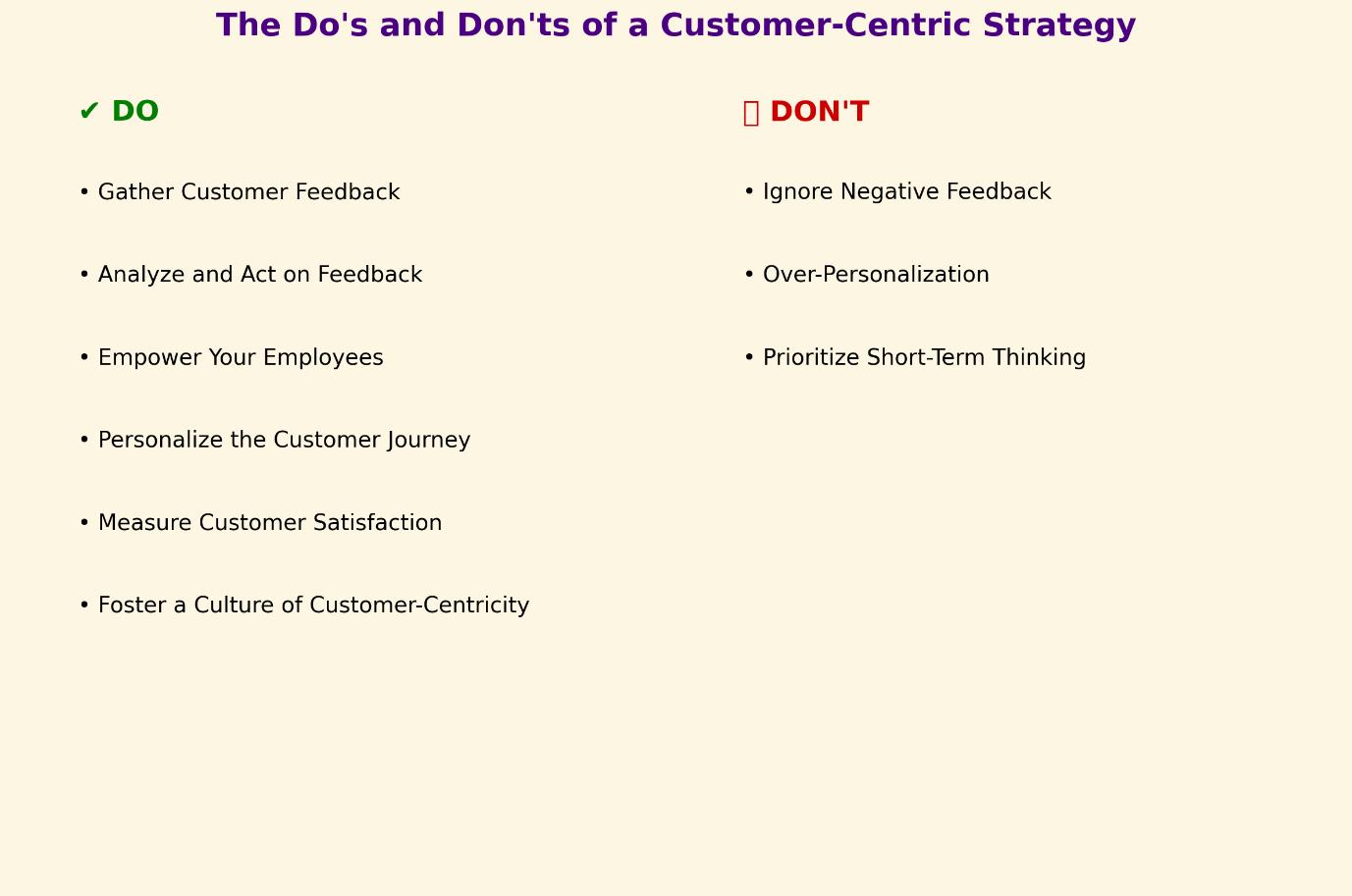In today’s break-neck and aggressively contested landscape, where expectations of customers are constantly changing, opting for a customer-centric strategy is no longer just a good idea; it is vitally important for survival. It is the compass guiding businesses towards eco-friendly growth, stronger ties, and ultimately, long-lasting success.
Think of your business as a tree. A customer-centric strategy is the fertile soil that supports its roots, allowing it to face adverse weather, accommodate seasonal alterations, and grow steadily over time. This article explores the remarkable impact of prioritizing customer needs, knowing about why it’s the key to thrivingin the current marketplace.
Understanding the Essence of Customer-Centricity
Customer-centricity goes further than just providing a satisfying customer experience. It is an all-inclusive approach that filters through every element of your business, from development of products, marketing to sales and support. It’s about having a proper understanding of your customers, being prepared for their needs, and consistently surpassing their expectations.
At its core, a customer-oriented strategy involves:
- Deep Customer Understanding: Investing time and resources to truly perceive your customers’ needs, likings, concerns, and motivation factors. This includes collecting data through surveys, feedback forms, social media listening, and interview sessions, and then evaluating this data to achieve practical takeaways.
- Personalized Experiences: Customizing your products, services, and interactions to meet the particular requirements of customers. This involves tailored suggestions, customized offers, or anticipatory assistance based on buyer behavior and preferences.
- Empowered Employees: Empowering your team with knowledge, tools, and the drive for outstanding service. This includes training on the art of customer interactions, inspiring them to tackle concerns head-on, and cultivating a culture that puts customers first.
- Continuous Improvement: Customer feedback is your hidden gem for achieving success. Relentlessly measure satisfaction to elevate products and services. Actively seek critiques, keeping an eye on crucial metrics. Think along the lines of Net Promoter Score (NPS) and customer churn rate. This treasure trove of insights will help pinpoint your weak spots. Embrace a culture of continuous improvement and adaptability for lasting growth.
The Benefits of a Customer-Centric Approach
 Opting for a customer-centric approach generates a variety of advantages that are instrumental in continuity of the business:
Opting for a customer-centric approach generates a variety of advantages that are instrumental in continuity of the business:
- Increased Customer Loyalty: When customers feel valued and appreciated, they are liable to become loyal customers and ambassadors of a particular brand. Loyal customers are less worried about the prices, more lenient towards casual mistakes, and more likely to refer your business to others.
- Improved Customer Retention: It costs notably more to procure a new customer than to hold onto an existing one. By prioritizing client satisfaction, you can increase retention and build a loyal customer base that contributes to sustained income expansion.
- Enhanced Brand Reputation: A favorable impression on the customer often turns into positive testimonials, social media mentions, and word-of-mouth referrals, all of which contribute to a reputed brand image. A reputable brand image attracts new customers, builds trust, and sets you apart from competitors.
- Increased Revenue and Profitability: Regular customers spend more, recommend a new client, and need less assistance, leading to higher revenue and profitability.
- Greater Employee Engagement: When employees feel authorized to deliver phenomenal customer service, they are more occupied, motivated, and productive. This leads to a more collaborative workplace, increased employee retention, and refined customer relations.
- Stronger Competitive Advantage: In today’s competitive scenario, customer experience is a distinguishing feature. By constantly surpassing the expectations of customers, you can build a dedicated clientele and be exceptional.
Also Read: Lead Intelligence Metrics: What You Need to Track
Customer-Centricity in the B2B Landscape
While often associated with B2C companies, customer-centricity is equally important for B2B marketers. In the B2B world, where relationships are often complicated and include multiple interested groups, a customer-centric approach can be a defining characteristic.
Here’s how you can influence customer-centricity being a B2B marketer:
- Develop deep buyer personas: Go beyond primary demographic information and firmographics. Understand the complexities, goals, and inspirations of your ultimate customer profiles. Conduct extensive interviews and surveys to extract key points about their decision-making process and areas where they face obstacles.
- Create personalized content: Personalize your content creation approaches to address the specific needs and interests of your target customers. Develop white papers, case studies, webinars, and blog posts that offer relevant information and solutions to their challenges.
- Foster collaboration and communication: Develop strong bonds with your clients through direct communication and collaboration. Provide devoted account managers, offer customized attention, and actively seek feedbacks to make sure their requirements are being fulfilled.
- Leverage customer data and analytics: Keep tabs on customer engagement and feedback to gain increased insights about their demands and desires. Use this data to tailor your marketing strategy, upgrade your sales strategy, and elevate customer contentment.
- Build a customer-centric culture: Make sure that every member from the team, from marketing and sales to product development and customer support, understands the significance of giving central focus to customers. Develop a collaborative workspace, with an empathetic and proactive customer service.
By opting for a customer-centric approach, B2B marketers can build stronger connections with their clients, bolster customer relationships, and be the driving force for conitnous business development.
Examples of Customer-Centricity in Action
Many thriving industries have opted for customer-centricity as their guiding principle, including it into their operations and culture. Here are a few examples:
- Amazon: The e-commerce giant is largely known for client retention, consistently innovating to enhance customer experiences, from tailored suggestions and one-click ordering to trouble-free returns and 24/7 customer support.
- Zappos: The online shoe retailer established its name on exceptional customer service, encouraging employees to go above and beyond to charm customers, offering free shipping and returns, and building a unified company culture focused on positive customer experience.
- Netflix: The streaming service uses data and analytics to customize suggestions, offering a vast library of content tailored according to individual viewing preferences, and constantly progressing to upgrade the user experience.
- Salesforce: The leading CRM provider keeps customer satisfaction at priority, offering a comprehensive collection of tools and resources to help businesses nurture client relations, accommodate according to particular needs, and foster repeat business.
Measuring the Success of a Customer-Centric Strategy

To measure the effectiveness of your strategy, keep track of core metrics like:
- Net Promoter Score (NPS): Measures customer loyalty and probability of recommendations
- Customer Satisfaction Score (CSAT): Evaluates how well your business meets the expectations of customers
- Customer Lifetime Value (CLV): Measures the overall revenue a customer brings during their lifespan
- Churn Rate: Observes the rate at which customers terminate the business with you
The Long-Term Vision: Customer-Centricity as a Catalyst for Growth

Imposing a client-centric approach is not just about upfront advantages; it’s about building a sustainable business that can thrive in the long run. By giving primary focus to customers, you create a constructive feedback cycle:
- Happy Customers lead to stronger commitment, retention, and advocacy
- Loyal Customers contribute to growth in revenue, profitability, and brand image
- Strong Brand Reputation engages new customers, enhances competitive edge, and cultivates employee involvement.
- Engaged Employees deliver superior customer experiences, further strengthening customer commitment and propelling business growth.
This cycle creates a self-sufficient ecosystem where customer-centricity drives constant improvement, innovation, and enduring success.
conclusion
In today’s customer-focused market, a customer-centric strategy has transformed into a necessity. It’s the starting point upon which businesses build relationships that last longer, promote commitment, and maintain steady expansion. By getting a clear understanding about your customers, anticipating their needs, and consistently outperforming their standards, you can create a business that not only outlives but sustains in the face of unpredictable market dynamics.


Comments are closed.